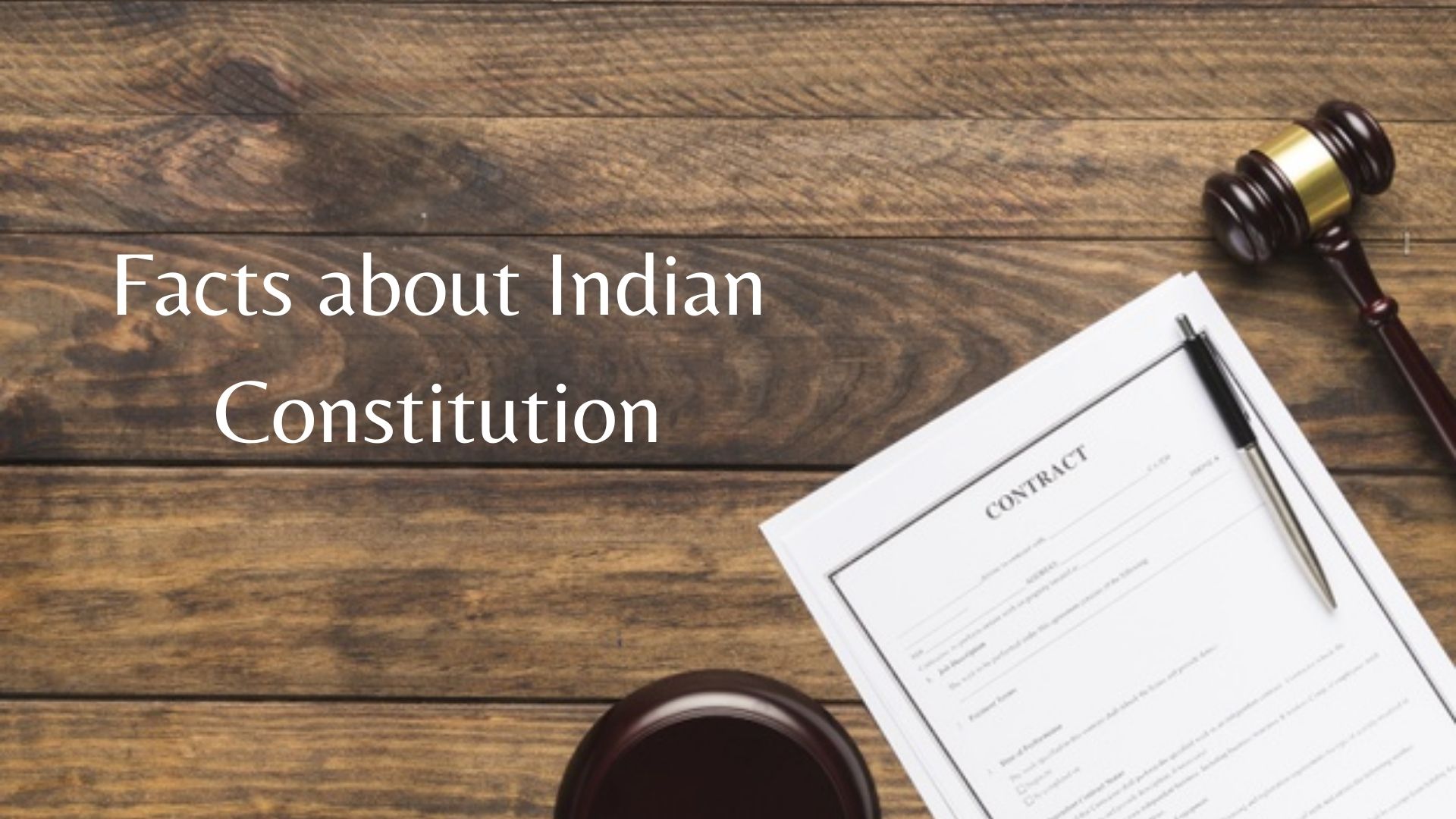
The final draft of the Indian Constitution was adopted on 26 November 1949 after almost 2 years, 11 months, and 17 days. It was enforced on 26 January 1950, which is celebrated as Republic Day of India ever since. Here are some facts about the Indian Constitution that every CLAT aspirant must know.
Father of the Indian Constitution, Dr Ambedkar, Was Ready to Burn It
On 2 September 1953 while debating how a Governor in the country should be invested with more powers, Dr Ambedkar argued strongly in favour of amending the Constitution. “My friends tell me that I have made the Constitution. But I am quite prepared to say that I shall be the first person to burn it out. I do not want it. It does not suit anybody. But whatever that may be, if our people want to
carry on, they must not forget that there are majorities and there are minorities, and they simply cannot ignore the minorities by saying, “Oh, no. To recognise you is to harm democracy.” I should say that the greatest harm will come by injuring the minorities.
The Constitution Was Originally Written in Hindi and English
The original copies of the Indian Constitution were written in two languages; Hindi and English. Each member of the Constituent Assembly that drafted the Constitution, signed two copies of the Constitution, one in Hindi and the other in English.
The English Version Has 117,369 Words
There are a total of 117,369 words in the English version of the Constitution of India, which contains 444 articles in 22 parts, 12 schedules and 115 amendments.
Longest Constitution in the World
The Indian Constitution is the longest handwritten constitution of any sovereign country in the world. Currently, it has a Preamble, 22 parts with 448 articles, 12 schedules, 5 appendices and 115 amendments.
The Constitution Wasn’t Typed or Printed
Both the versions of the Constitution, Hindi and English, were handwritten. It is the longest handwritten Constitution of any country on earth.
It Was Handwritten by Prem Behari Narain Raizada
The Constitution of India was originally handwritten by Prem Behari Narain Raizada. It was written in a flowing italic style with beautiful calligraphy. And, it was decorated by the artists from Shantiniketan, including Beohar Rammanohar Sinha and Nandalal Bose.
2,000 Amendments Were Made to the First Draft
Before the Constitution was adopted, the draft was put up for debate and discussion, and then over 2000 amendments were made before it was finalised.
9 December 1946: The Constituent Assembly Met for the First Time
On 9 December 1946, The Constituent Assembly met was the first Parliament of Independent India. Dr Sachchidananda Sinha was the first president (temporary Chairman of the Assembly) of the Constituent Assembly.
The Constitution Declares India a Socialist, Sovereign, Secular and Democratic Republic
The Preamble to the Constitution declares India to be a socialist, sovereign, secular and democratic republic. A welfare state committed to secure liberty, justice, and equality for the people. And for promoting fraternity, unity, dignity and integrity of the nation.
Assures Its Citizens Equality, Justice, and Liberty
The fundamentals of the Indian Constitution are mentioned in the Preamble which guarantees social, economic and political justice for all its citizens. Liberty of expression, belief, thought, faith and worship; equality of status and opportunity, and to promote fraternity assuring the dignity of every individual.
26 January 1950: The National Emblem of India Was Adopted
The National Emblem was adopted on 26 January 1950, the day India was declared a republic and its Constitution came into effect. The representation of Lion Capital of Ashoka was initially adopted as the emblem of the Dominion of India in December 1947. But, the current version of the emblem was officially adopted on 26 January 1950, the day India became a republic.
Constitution of India: A ‘Bag of Borrowings’
The Indian Constitution is often called a ‘bag of borrowings’ because it includes provisions inspired from the constitutions of various other countries. However, it is much more than a mere copy of other constitutions.
Some of the concepts taken from other countries are:
(a) Directive Principles Of State Policy – Ireland
(b) Fundamental Rights – American Constitution
(c) Liberty, Equality and Fraternity (Preamble) – France
(d) Five Year Plans (FYP) – USSR
(e) Preamble – the United States of America
(f) Procedure established by Law – Japan
Basic Structure of the Constitution Stands on the Government of India Act, 1935
The Government of India Act 1935 was originally passed in August 1935 and is said to be the longest Act of (British) Parliament ever enacted by that time. The 1935 Act was the second installment of constitutional reforms passed by the British Parliament for implementing the ideal of responsible government in India.
If you are preparing for CLAT, you can take CLAT online classes to boost your preparation.

Leave a Reply